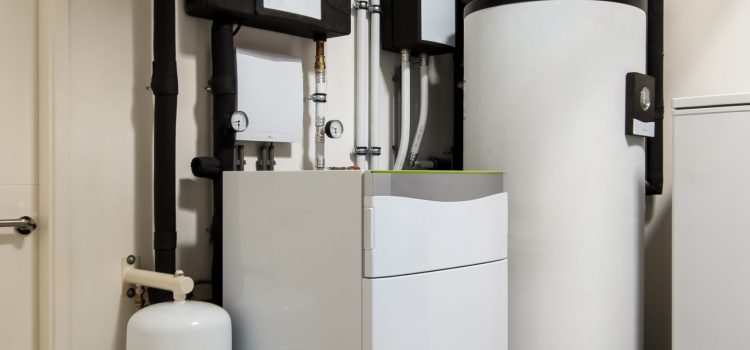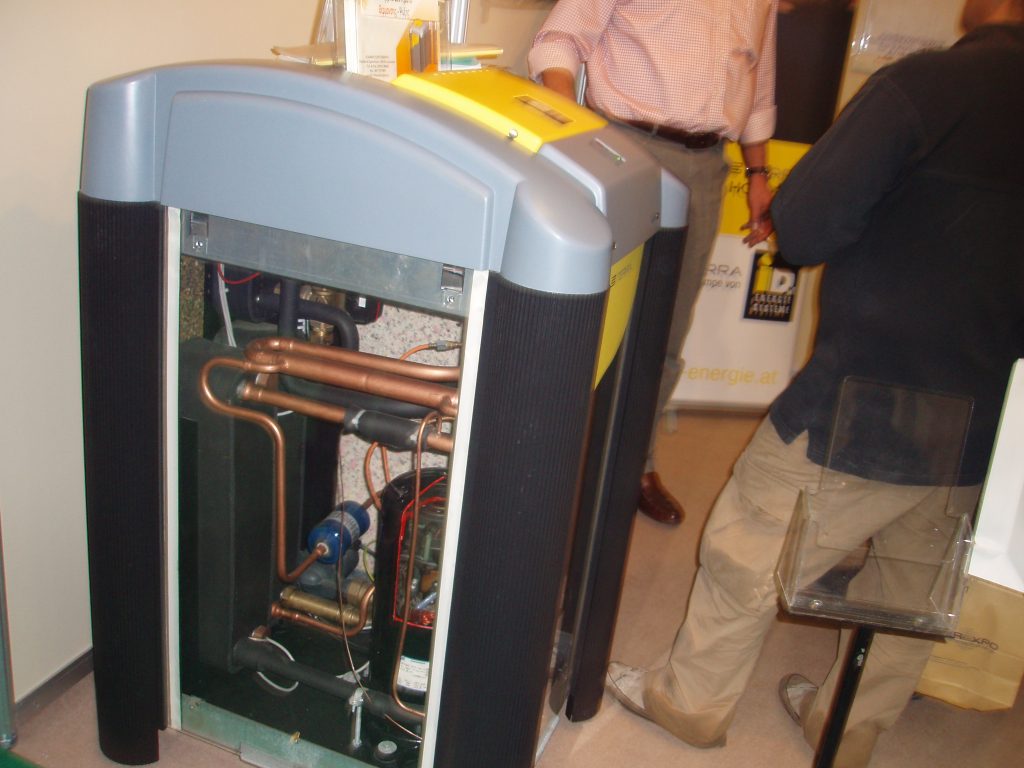
How Does a Geothermal Heat Pump Work?
Contents
– How a geothermal heat pump works
– Geothermal heat pump collectors: 3 options
– Type of ground source heat pump
A heat pump can draw its energy from water, soil, or air. A geothermal heat pump draws heat from the ground. A heat pump captures the calories naturally present in the environment and produces a higher temperature thanks to a compressor. The heat is then diffused in the house. The pump runs on electricity, but it consumes little: you save up to 60% on your heating bill.
How a ground source heat pump works
The geothermal heat pump system works by using collectors, installing in your garden. They allow fluid to circulate within them, capturing the calories and bringing them to the geothermal heat pump. Another fluid (sometimes the same one) circulates between the pump and the heat emitters in the house.
There are 3 different solutions:
– Mixed or ground-water process: the liquid moves through the geothermal collector. The pump then transmits the heat to the water in the heating system (floor or radiators).
– Glycol water: the heating system contains pure water, between the sensors and the pump circulates water with antifreeze. This technology is well mastered.
– Direct expansion or ground-to-ground: the refrigerant of the geothermal heat pump circulates directly from the geothermal collectors to the heating circuit, generally via an underfloor heating system:
– This installation is not very suitable for air conditioning.
– It is also delicate because it does not support leaks.
Good to know: horizontal collectors are sensitive to persistent frost.
Thanks to your geothermal heat pump, you can use the renewable and free energy available in your garden. This can save you up to 60% on your heating bill!
Geothermal heat pump collectors: 3 options

Heat collectors are installed in your garden. There are three types:
1. Horizontal collector heat pumps
Long polyethylene tubes are laid out in a coil in the garden and buried at a shallow depth (between 0.6 and 1.2 m). This is the easiest solution to implement and is recommended when the configuration of your garden is suitable. These heat pumps are less sensitive to temperature variations than aerothermal heat pumps but are still exposed to persistent frost.
2. Heat pumps with vertical sensors
The probes are installed up to 100 m deep after drilling by a specialized company and if the subsoil allows it. They are used when the garden area is insufficient. Vertical probes are more expensive, require a more significant construction site, but are more efficient than horizontal sensors. They are also called geothermal probes.
3. Heat pumps with elliptical collectors
This type is a mixture of the two previous techniques. These new collectors are in the form of a spiral of 40 cm in diameter and 3 m long. They are placed in 5 m deep holes that can be drilled with standard construction equipment (auger). Quick to implement, they require less surface area than horizontal collectors.
Type of heat pumps
Ground-to-ground heat pumps and ground-to-water heat pumps
These heat pumps are efficient and have a good speed of heating. They are suitable for cold climates; no additional heating is necessary.
They can produce domestic hot water but are not reversible and do not adapt to an existing low-temperature heating system. In conclusion, it is the simplest and least expensive system, but it requires a large land area (vertical collectors are impossible).
Heat pump with glycol-water
It is identical to the ground-to-ground or ground-to-water heat pump regarding consumption, maintenance costs, and performance.
The brine-to-water heat pump has the advantage of being able to produce domestic hot water, be reversible, and be adapted to a low-consumption heating system. However, its installation must be impeccable to benefit from all these advantages.



